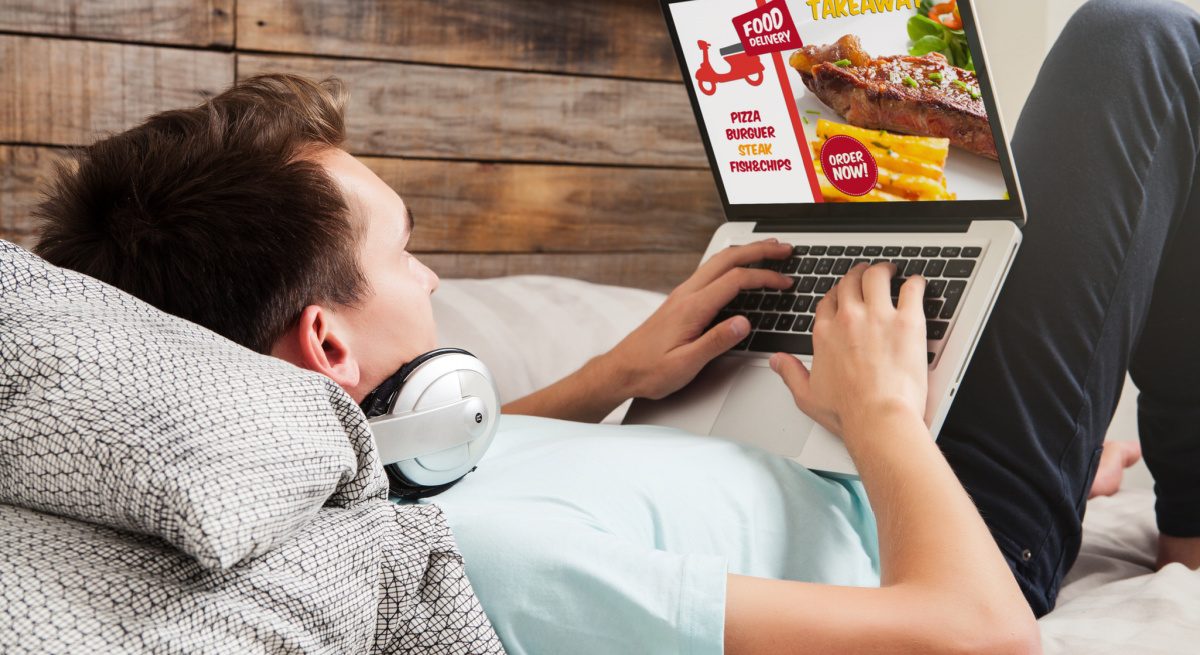Long Live Digital Dining: How Consumers’ Appetite for Mobile Apps and Online Ordering Will Continue
3 Min Read By Dirk Izzo
Mobile orders were expected to drive $38 billion in restaurant revenue in 2020. And more than 50 percent of consumers with restaurant apps use them at least once a week. What’s more, digital consultancy Mobiquity in June 2020 reported a 36 percent year-over-year increase in the number of restaurant mobile app reviewers who said it was their first time using such an app.
Although mobile ordering isn’t the new kid on the block, it has certainly become the most popular because it’s one of the safest – and easiest – ways to order and pay for food.
During the pandemic, restaurant mobile ordering apps have enabled consumers the pleasure of ordering their favorite fare from the comfort and safety of their homes, while simultaneously keeping many restaurants alive. Once the pandemic is 86’d, these same digital solutions will be just as popular – if not more.
So, here are some tips for harnessing and optimizing this trend toward all-things mobile.
Evolve to Meet New Customer Expectations
It’s estimated that millennial spending power in 2020 reached $2.5 trillion, and Gen Z’s was $34 billion. Both groups’ second-largest monthly expenditure? Dining/fast food/take out. Both generations, having grown (or are growing) up with mobile phones in hand, are digitally savvy and expect relevant technology that offers convenience and meets their needs.
Restaurants wanting their business should offer a mobile app that features a loyalty program which allows customers to track points and enables them to order ahead, customize orders and pay online.
Customization enables customers to digitally assemble their own, unique meal according to their particular tastes and needs, and is something Millennials and Gen Z’ers expect. So, brands wanting to attract, engage with and retain these influential spenders should comply.
Up the Digital Ante with Customer Data
Mobile apps provide restaurants a veritable goldmine of customer data, which enables them to provide a more personal experience, among other benefits. Restaurants can track what dishes guests are eating, how they pay and where they like to eat – whether inside a restaurant or at home through delivery, pick-up or curbside.
This data, used correctly, can help brands lure customers back for more, particularly when you understand their preferences and can offer dishes you know they’d like. If a customer, for instance, uses a restaurant’s mobile app to order a barbacoa bowl with regularity, you can track that data and use it to create and push out an offer to try a barbacoa pizza or barbacoa tacos.
Orders placed online are 20 percent larger, on average, than in-restaurant purchases. Among the reasons are that online menus enable upselling and customers have ample time to peruse the menu to choose what they want.
Satisfy Consumers’ Cravings for Contactless
Another tip for retaining customers is to implement technology that allows them to order and pick up a meal with no physical contact. Ideas include using QR codes in place of physical menus, tableside ordering and pay-at-the-table technology, contactless credit cards and even pick-up stations where meals are ready, paid for and picked up by diners or delivered to their homes.
Seek Out the Best Restaurant Tech
Nearly three-quarters (73 percent) of consumers believe technology adds to their dining experience, and 95 percent of restaurateurs said it improves business efficiency. But for restaurateurs, finding the right restaurant technology vendor can be a challenge.
When in the market, make sure your tech provider is there long after the sale to provide guidance on things like data insights and operational support. Look for a POS system that can update menus, prices and branding in near-real-time. And to make the most of your customer data, choose a solution that provides detailed reporting on areas like customer preferences, top-selling and least-selling items.
Stay in Step with the Times
Before the coronavirus outbreak, consumers were eating out more frequently and spending more money on restaurant visits than ever before. No one really knows whether the in-restaurant experience will regain such popularity post-pandemic. But we do know that diners will continue to gravitate more toward contactless, digital solutions like online ordering and food delivery.
Restaurant technology can transform your business by enabling you to streamline the transition to a digital platform while meeting consumers where they are – phones, iPads or laptops. Modernizing operations has become table stakes for restaurants as customers are demanding safer, quicker, more convenient and anyway-they-like-it flexibility in how they order and pay for their food.
So, take the time, today, to look into the technology that can keep the doors open, and the diners coming back from more, even if they’re enjoying your fare from their homes.


